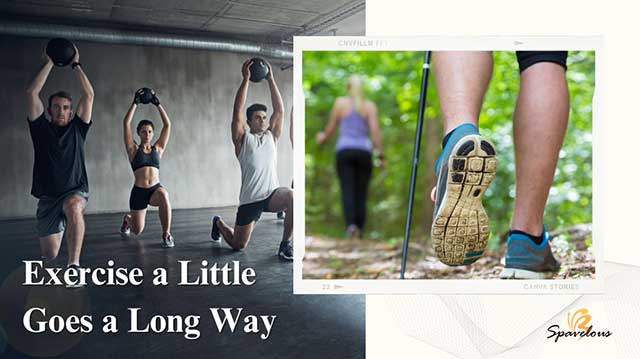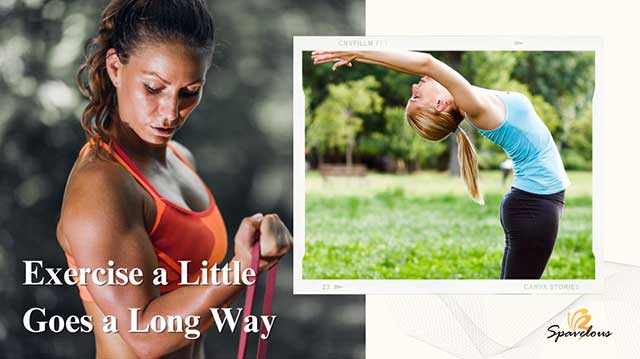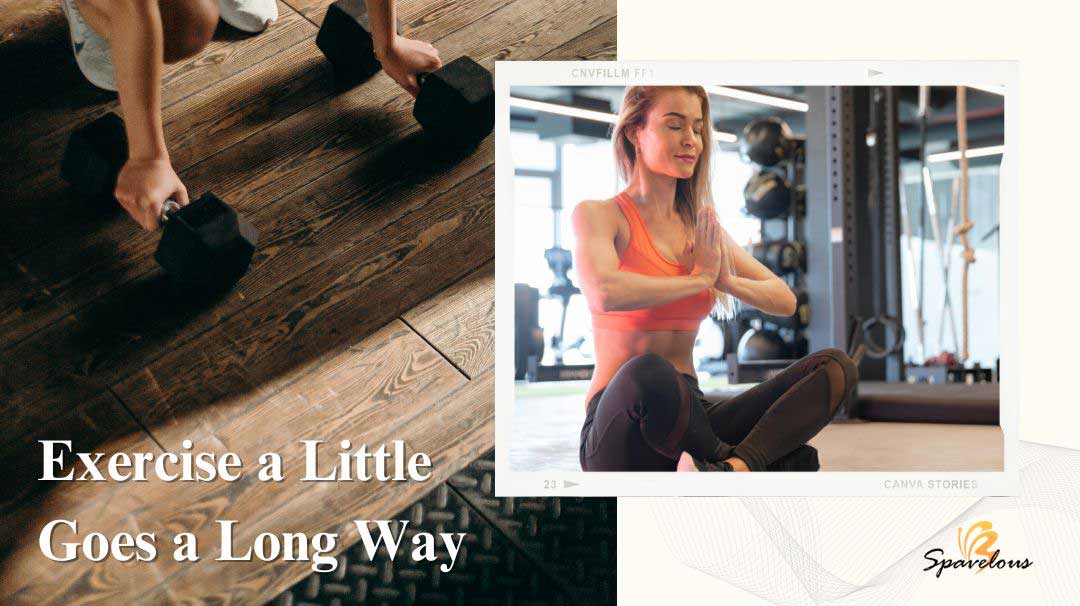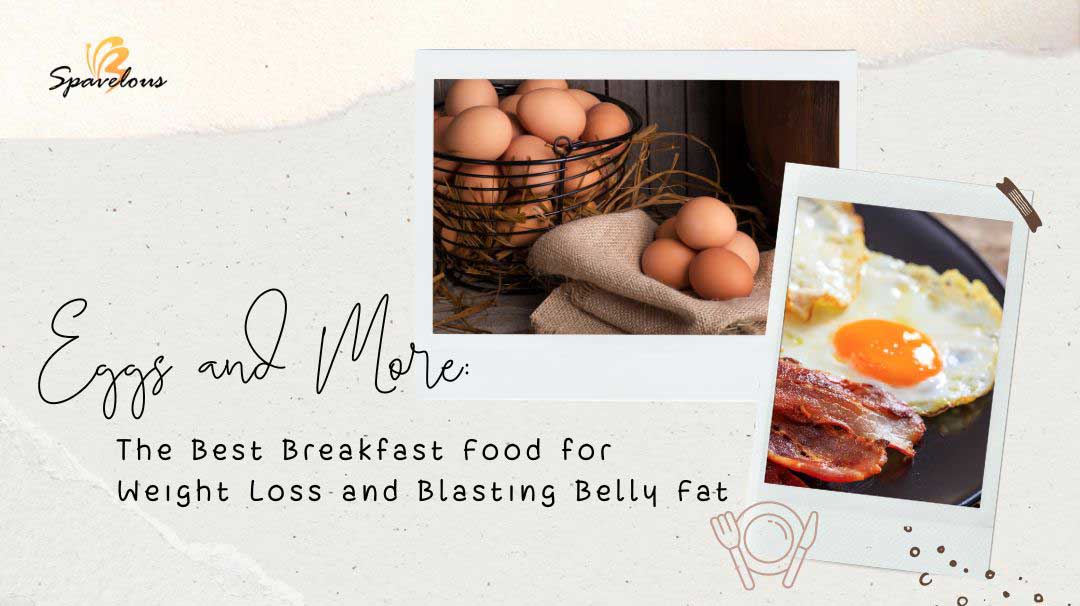The Power of Consistency: How Exercise a Little Adds Up and May Be Better For You
In today’s fast-paced world, finding time for exercise can be challenging. However, a growing body of research suggests that even small amounts of physical activity can yield significant health benefits. This article explores how a little exercise goes a long way in improving your overall well-being.
Key Takeaways
| Aspect | Benefit |
|---|---|
| Cardiovascular Health | Reduced risk of heart disease |
| Weight Management | Improved metabolism and calorie burn |
| Mental Well-being | Enhanced mood and cognitive function |
| Disease Prevention | Lower risk of chronic diseases |
| Longevity | Increased life expectancy |
| Sustainability | Easier to maintain long-term habits |
Remember, when it comes to exercise, a little truly goes a long way. By incorporating small amounts of physical activity into your daily routine, you can reap significant health rewards and improve your overall quality of life.
The Impact of Minimal Physical Activity
According to a new study, even minimal amounts of exercise can have a profound impact on your health. Researchers have found that people who engage in little physical activity throughout the day are less likely to develop chronic diseases compared to those who remain sedentary.
Breaking Down the Benefits
Cardiovascular Health
- Just 30 minutes of moderate exercise, five days a week, can reduce the risk of heart disease by up to 60 percent.
- Activities like brisk walking or climbing stairs can significantly improve cardiovascular health.
Weight Management
- Regular, short bouts of physical activity can help maintain a healthy weight.
- Even small amounts of exercise contribute to calorie burn and metabolism boost.
Mental Well-being
- Brief exercise sessions can enhance mood and reduce stress.
- Physical activity is linked to improved cognitive function and mental health.
The Science Behind Little Exercise
Recent studies have examined the effects of minimal physical activity on various health markers. Researchers have discovered that even short bursts of exercise can:
- Lower blood pressure
- Improve insulin sensitivity
- Strengthen bones and muscles
- Boost immune function
Incorporating Exercise a Little Into Your Routine
Stair Climbing: A Simple Yet Effective Workout
Climbing stairs is an excellent way to incorporate exercise into your daily routine. Just a few flights per day can:
- Strengthen leg muscles
- Improve cardiovascular fitness
- Burn calories effectively
The “Two to Three” Rule
Aim for two to three short exercise sessions throughout the day. This approach can be more manageable and just as beneficial as one longer workout.
Overcoming the “All or Nothing” Mindset
Many people believe that exercise must be vigorous or time-consuming to be effective. However, this “all or nothing” mindset can be counterproductive. The truth is, any amount of physical activity is better than none.
The Cumulative Effect
Small bouts of exercise add up over time. Whether it’s a 10-minute walk during lunch or a quick stretching session, every bit of movement counts towards your overall health.
The Long-Term Impact of Consistent, Brief Workouts
Longevity and Quality of Life
Studies have shown that regular, moderate exercise can add years to your life expectancy. Even more importantly, it can improve the quality of those years by:
- Reducing the risk of chronic diseases
- Maintaining mobility and independence
- Enhancing overall well-being
Sustainable Habits for Lifelong Health
By focusing on small, achievable exercise goals, you’re more likely to develop sustainable habits that last a lifetime. This approach can lead to considerable long-term health benefits.
Breaking the Barriers: Making Exercise Accessible

Overcoming Common Obstacles
Many people face barriers when it comes to regular exercise. Common obstacles include:
- Lack of time
- Limited access to gym facilities
- Low motivation
- Physical limitations
However, understanding that little exercise goes a long way can help overcome these barriers.
The U.S. Department of Health Recommendations
The U.S. Department of Health recommends 150 minutes per week of moderate-intensity aerobic activity. This may seem daunting, but it’s important to note that:
- This can be broken down into smaller chunks throughout the week
- Even falling short of this goal still provides health benefits
- Any amount of physical activity is better than being inactive
The Science of Little Exercise

Metabolic Benefits
Recent studies have shown that even short bouts of exercise can have significant metabolic benefits:
- Improved insulin sensitivity
- Better glucose control
- Enhanced fat oxidation
These benefits can help reduce the risk of type 2 diabetes and metabolic syndrome.
Cellular Changes
Exercise, even in small amounts, can trigger positive changes at the cellular level:
- Increased mitochondrial function
- Enhanced gene expression related to metabolism
- Improved cellular repair mechanisms
The Role of NEAT (Non-Exercise Activity Thermogenesis)
NEAT refers to the energy expended for everything we do that is not sleeping, eating, or sports-like exercise. Activities that increase NEAT include:
- Taking the stairs instead of the elevator
- Walking while talking on the phone
- Doing household chores
Increasing NEAT throughout the day can significantly contribute to overall health and weight management.
Tailoring Exercise to Your Lifestyle
Finding Your Exercise Sweet Spot
Not everyone needs to engage in vigorous exercise to reap health benefits. The key is finding an intensity level that works for you:
- Low-intensity: Walking, gentle yoga, light gardening
- Moderate-intensity: Brisk walking, cycling, swimming
- High-intensity: Running, HIIT workouts, fast cycling
The Importance of Consistency
Consistency trumps intensity when it comes to long-term health benefits. It’s better to do a little exercise regularly than to have sporadic intense workouts.
Incorporating Resistance Training
While cardiovascular exercise is crucial, don’t forget about strength training:
- Builds and maintains muscle mass
- Improves bone density
- Enhances metabolic rate
Even bodyweight exercises done at home can provide these benefits.
The Mental Health Connection
Exercise as Medicine for the Mind
Physical activity has been shown to have significant mental health benefits:
- Reduces symptoms of anxiety and depression
- Improves sleep quality
- Enhances cognitive function
- Boosts self-esteem
The Role of Endorphins
Even short bursts of exercise can trigger the release of endorphins, often referred to as “feel-good” hormones. This can lead to:
- Improved mood
- Reduced stress
- A natural “high” that can be addictive in a positive way
Looking to the Future: The Potential of Micro-Workouts
The Promise of High-Intensity Interval Training (HIIT)
Recent research has highlighted the potential of very short, intense workouts:
- As little as 4 minutes of high-intensity exercise can improve fitness
- These “micro-workouts” can be as effective as longer, moderate-intensity sessions
Technology and Exercise Tracking
With the advent of fitness trackers and smartphones, it’s easier than ever to monitor and accumulate exercise throughout the day:
- Set reminders for movement breaks
- Track steps and active minutes
- Gamify your fitness journey
Conclusion: Every Step Counts
Remember, when it comes to exercise, every little bit counts. Whether it’s taking the stairs, going for a short walk, or doing a quick stretch, these small activities add up to significant health benefits over time. The key is to start small, be consistent, and gradually increase your activity level as you build the habit.
By embracing the idea that a little exercise goes a long way, you can make lasting changes to your health and well-being without feeling overwhelmed. So, start small, stay consistent, and watch as these little efforts transform your health in big ways.
Frequently Asked Questions: Exercise a Little Goes a Long Way
Q: How much exercise do I need to improve my health?
A: A little goes a long way. Even 150 minutes per week of moderate-intensity activity can significantly improve your health.
Q: Can exercise help reduce the risk of cancer?
A: Yes, studies show that regular physical activity can lower the risk of several types of cancer and reduce overall mortality risk.
Q: How many years can exercise add to my life expectancy?
A: Regular exercise can add several years to your life expectancy, with some studies suggesting up to 3-5 years for consistent, moderate activity.
Q: Do I need to exercise continuously to benefit?
A: No, you don’t need to exercise continuously. Breaking it up into shorter sessions throughout the day can still provide significant health benefits.
Q: How often should I exercise for optimal health?
A: Aim for at least three times a week, but remember that any amount of physical activity is better than inactivity.
Q: Can walking really make a difference in my health?
A: Absolutely! People who walked regularly showed lower mortality risk and improved overall health in numerous studies.
Q: What’s considered “moderate-intensity” exercise?
A: Moderate-intensity exercise typically raises your heart rate to 50-70% of your maximum heart rate. Examples include brisk walking or light cycling.
Q: How can exercise help with obesity and overweight issues?
A: Regular exercise, combined with a healthy diet, can help manage weight, improve metabolism, and reduce the health risks associated with obesity.
Q: Is high-intensity exercise better than moderate exercise?
A: While high-intensity exercise can provide greater benefits in less time, moderate exercise is excellent for overall health and is often more sustainable long-term.
Q: Can exercise help with high blood pressure?
A: Yes, regular physical activity can lead to a significant reduction in the risk of developing high blood pressure and can help manage existing hypertension.
Q: How does exercise affect mental health?
A: Exercise is known to improve mood, reduce stress and anxiety, and may help manage symptoms of depression.
Q: Do I need to join a gym or hire a trainer to get enough exercise?
A: No, you don’t need a gym or trainer. Many effective exercises can be done at home or outdoors, like walking, hiking, or bodyweight exercises.
Q: How much exercise do I need to do to reduce my risk of dying prematurely?
A: Studies suggest that even 15-30 minutes of moderate exercise per day can significantly lower your risk of premature death.
Q: Can I split my exercise into shorter sessions throughout the day?
A: Yes, you can carve out shorter exercise sessions. For example, three 10-minute walks can be as beneficial as one 30-minute walk.
Q: How does exercise help with specific health problems?
A: Regular physical activity can help prevent and manage various health problems, including heart disease, type 2 diabetes, and certain cancers.
Q: Is it ever too late to start exercising?
A: It’s never too late! Participants in studies who began exercising later in life still saw significant health benefits and reduced mortality risk.
Q: How can I stay motivated to exercise regularly?
A: Set realistic goals, find activities you enjoy, and remember that a little goes a long way. Celebrate small achievements to stay motivated.
Q: Can exercise help different muscle groups?
A: Yes, different types of exercise target various muscle groups. A well-rounded routine including cardio and strength training benefits your entire body.
Q: How quickly can I see health benefits from starting to exercise?
A: Some benefits, like improved mood, can be immediate. Other health improvements may be noticeable within a few weeks of consistent activity.
Q: Should I strive to exceed the recommended amount of exercise?
A: While exceeding recommendations can bring greater benefits, it’s essential to listen to your body and increase intensity or duration gradually to avoid injury.



